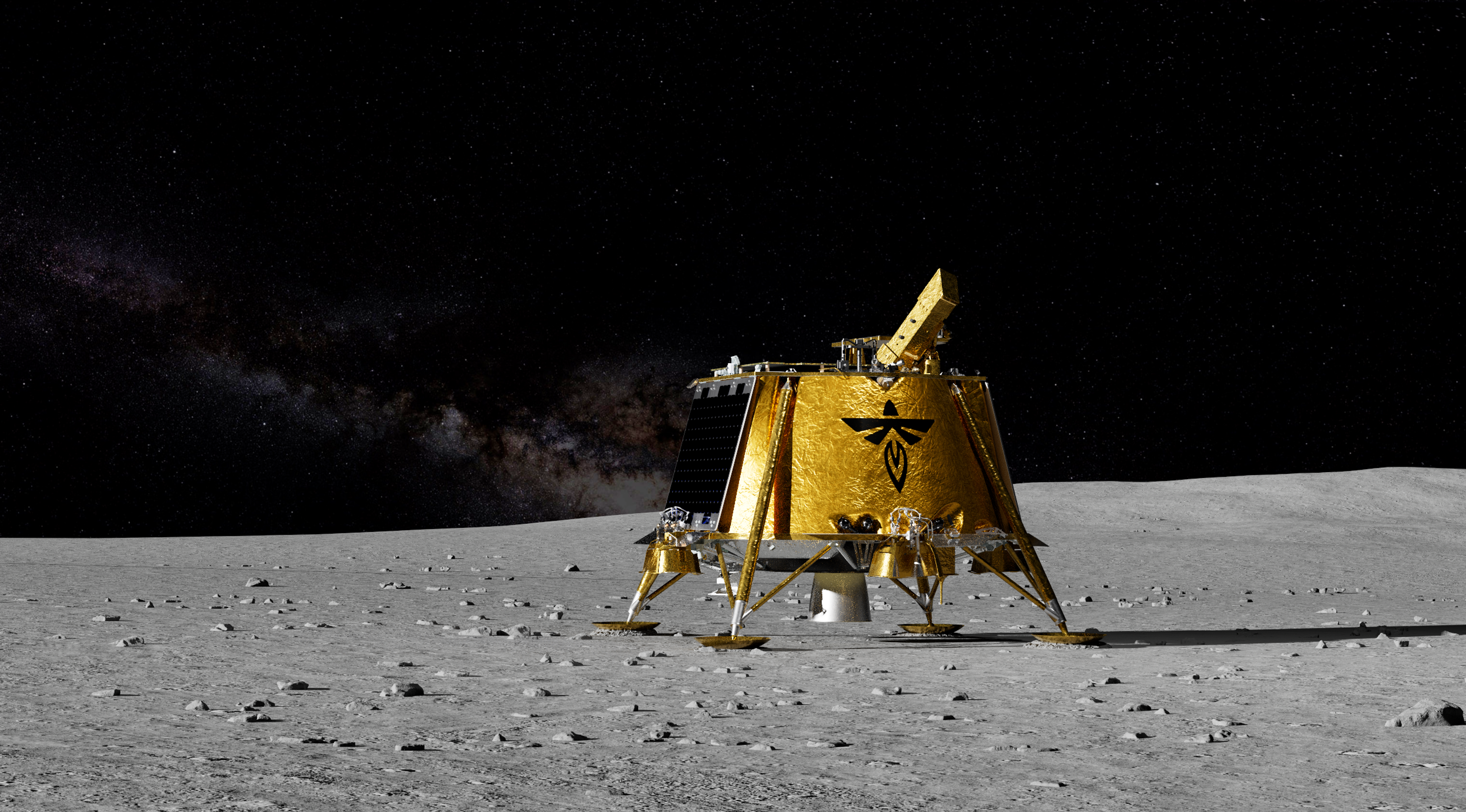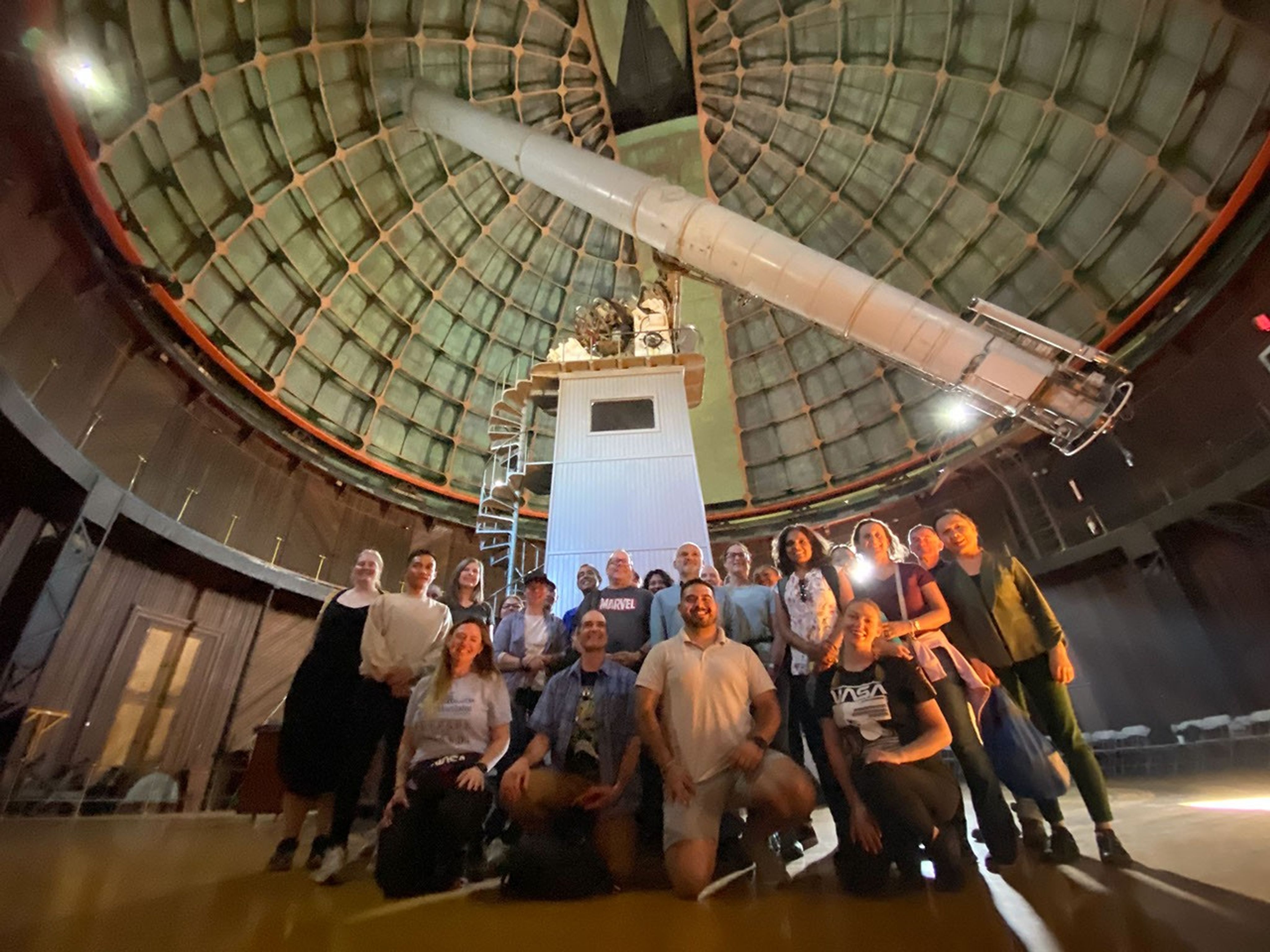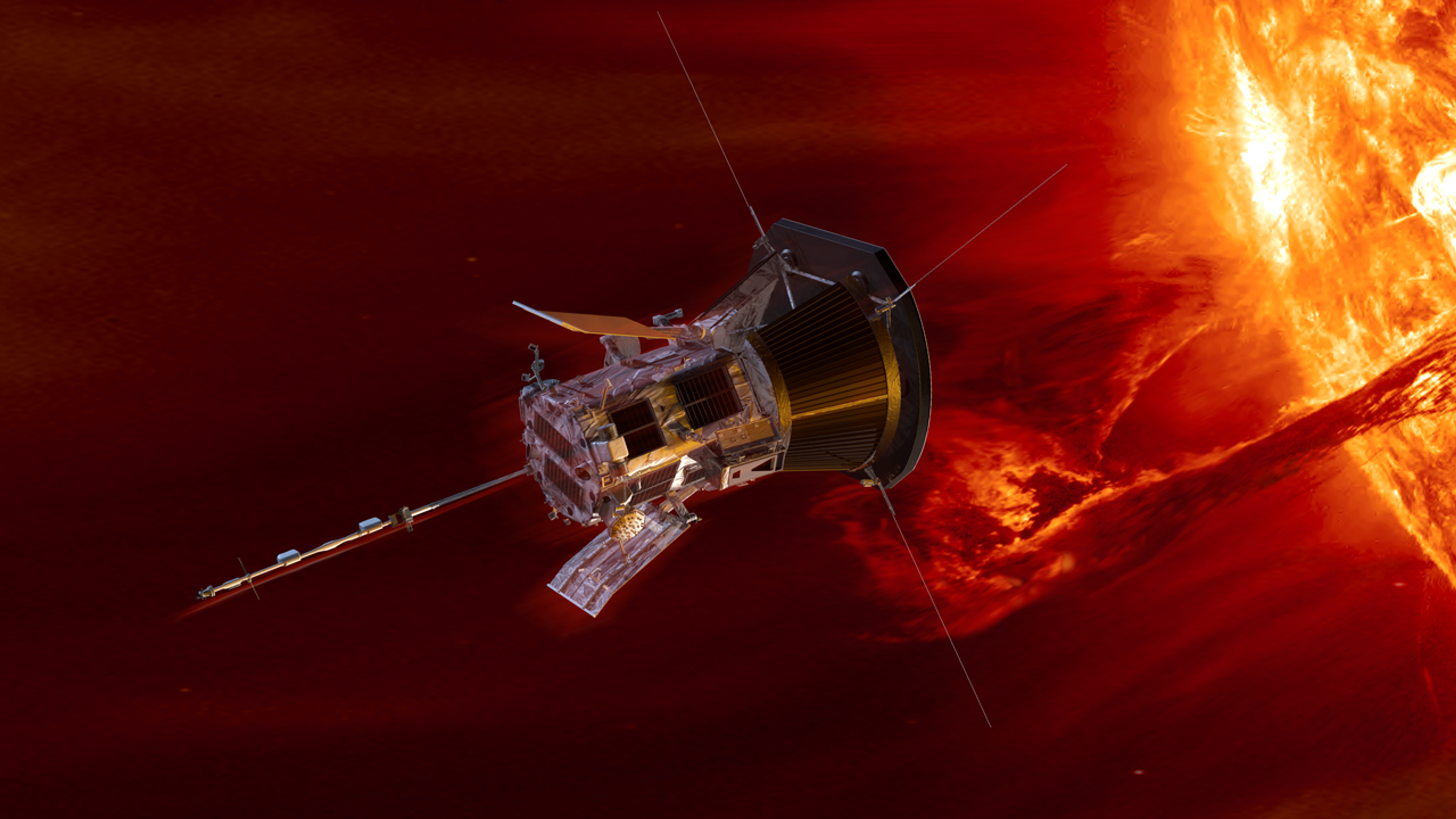Solar System Exploration Stories
Filters

NASA Solar Observatory Sees Coronal Loops Flicker Before Big Flares
For decades, scientists have tried in vain to accurately predict solar flares — intense bursts of light on the Sun that can send a flurry of charged particles into the solar system. Now, using NASA’s Solar Dynamics Observatory, one team…

NASA HEAT Student Activity Featured in TIME’s Top 100 Photos of 2024
On April 8, 2024, tens of millions experienced a solar eclipse from Mexico through the United States and into Canada. Astronomers, educators, and organizations had been preparing the public for this grand celestial event. Learning from engagement experiences in 2017,…

NASA Instrument on Firefly’s Blue Ghost Lander to Study Lunar Interior
LMS instrument aboard the Blue Ghost Lander heading to Mare Crisium in mid-January As part of its Artemis campaign, NASA is developing a series of increasingly complex lunar deliveries and missions to ultimately build a sustained human presence at the…

The Next Full Moon is the Wolf Moon
The next full Moon is the Wolf Moon; the Ice or Old Moon; the Moon after Yule; the start of Prayag Kumbh Mela; Shakambhari Purnima; Paush Purnima; the Thiruvathira, Thiruvathirai, or Arudhra Darisanam festival Moon; and Duruthu Poya. The next…

NASA’s LEXI Will Provide X-Ray Vision of Earth’s Magnetosphere
A NASA X-ray imager is heading to the Moon as part of NASA’s Artemis campaign, where it will capture the first global images of the magnetic field that shields Earth from solar radiation. The Lunar Environment Heliospheric X-ray Imager, or…

January’s Night Sky Notes: The Red Planet
Have you looked up at the night sky this season and noticed a bright object sporting a reddish hue to the left of Orion? This is none other than the planet Mars! January will be an excellent opportunity to spot…

Astronomy Activation Ambassadors: A New Era
The NASA Science Activation Program’s Astronomy Activation Ambassadors (AAA) project aims to measurably enhance student Science, Technology, Engineering, and Mathematics (STEM) engagement via middle school, high school, and community college science teacher professional development. In 2024, AAA transitioned its focus…

What’s Up: January 2025 Skywatching Tips from NASA
Four Planets in One View! Each evening this month, enjoy a sweeping view of four bright planets at once. Also look for a close approach of Venus and Saturn, Mars occulted by the Moon, and meteors! Skywatching Highlights January 3…

NASA’s Parker Solar Probe Makes History With Closest Pass to Sun
Operations teams have confirmed NASA’s mission to “touch” the Sun survived its record-breaking closest approach to the solar surface on Dec. 24, 2024. Breaking its previous record by flying just 3.8 million miles above the surface of the Sun, NASA’s…

Lab Work Digs Into Gullies Seen on Giant Asteroid Vesta by NASA’s Dawn
Known as flow formations, these channels could be etched on bodies that would seem inhospitable to liquid because they are exposed to the extreme vacuum conditions of space. Pocked with craters, the surfaces of many celestial bodies in our solar…
